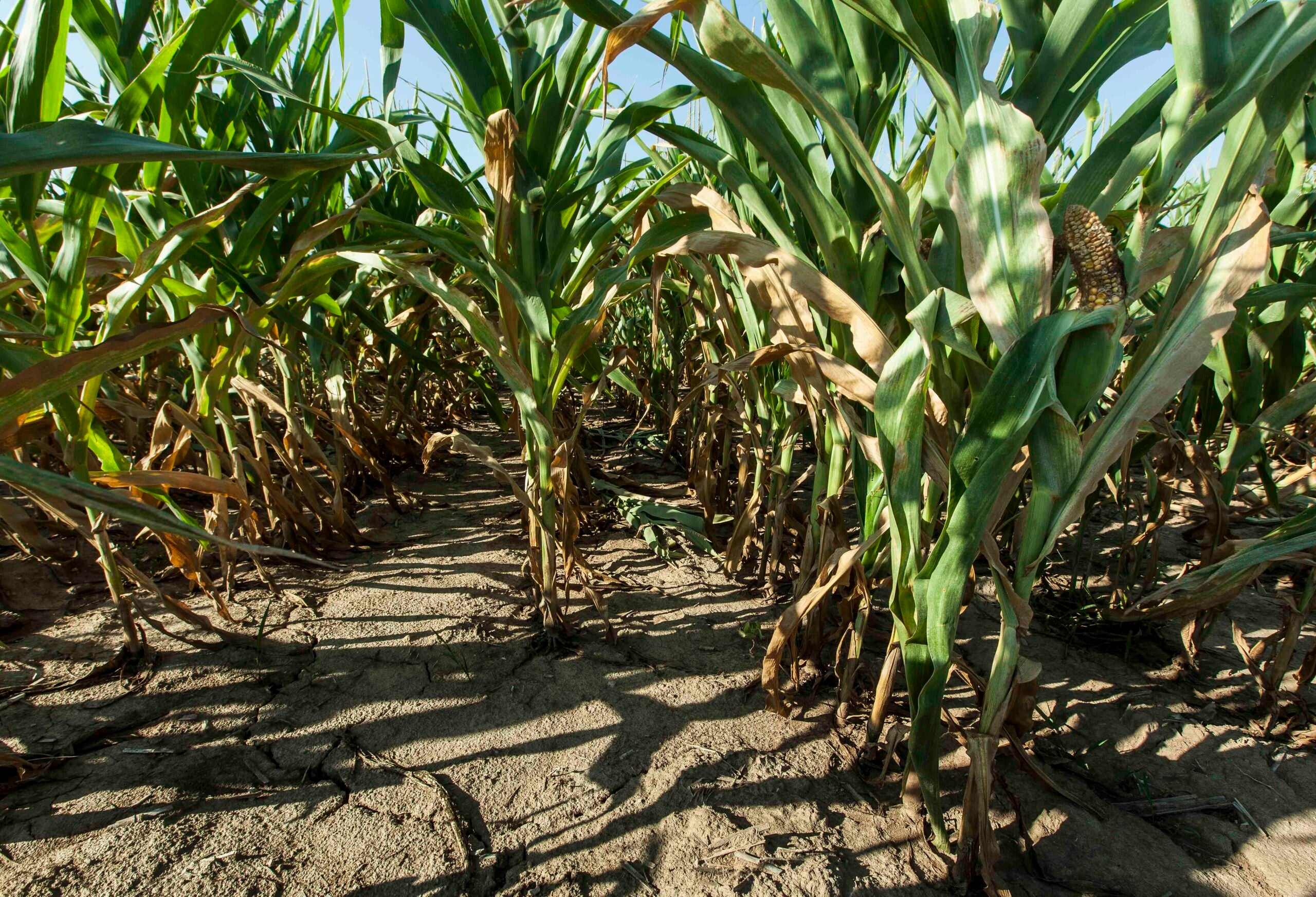Featured in this Show
-
Dry Fall Can Spell Trouble for Wildlife
Wisconsin has a diversity of wildlife in the state and there’s something to watch for and marvel at in every season, especially during the fall.
But this year, large portions of state is again in a drought, and that dry conditions could cause problems for area wildlife.
“It’s been on the dry side, and that certainly affects wildlife,” said David Drake, a wildlife specialist with University of Wisconsin Extension and an associate professor of Forest and Wildlife Ecology at UW-Madison. “Last summer as well, we had a pretty serious drought. And we got quite a few calls and emails from people saying that they had never seen so much wildlife around their yards as they had last summer, and to some extent, this summer.”
Drake explains that animals will find different ways to survive those dry conditions, and sometimes those solutions include humans.
“When it’s dry out there, animals need water to survive. They can go a lot longer without food than they can water, so in drought years, we are watering our lawns … and plantings. The animals see that and are attracted to it for their own water requirements. They’ll come in a lot closer to houses than perhaps they might during a non-drought year,” Drake said.
People concerned about wildlife in difficult conditions might want to help them more directly. WPR host Larry Meiller said that he has recently seen squirrels using the birdbaths, which doesn’t usually happen in years with normal precipitation.
Jamie Nack, a wildlife outreach specialist in the department of Forest and Wildlife Ecology at UW-Madison, said that as long as some care is taken, people can support wildlife by providing a water source. To be sure that people aren’t doing more harm than good, the water needs to be keep fresh and replenished frequently.
“With something as small as a birdbath,” she said, “you want to freshen that water every day or so.” For something a little larger, like a backyard pond, she said, “If it’s getting pretty stagnant, having a filtration system, or aerated it, will certainly help to keep it clean and fresh. That’s important.”
Residents don’t need to have a built-in feature to provide water for wildlife. Nack suggests using a plastic child’s swimming pool and putting just a couple of inches of water in it.
But, people will want to make sure that it doesn’t turn into a trap for the very creatures that you’re trying to help.
“Put some sort of structure within that pool so that the animal can get back out. Whether you leave a log in there, or something like that, so the animal doesn’t get completely wet and can’t climb up the side,” she said.
Even though some precautions are needed, Nack reiterates that it is a great idea to help wildlife get through the current drought.
Indirect impacts of the drought can be that plant growth is stunted, so there might be less food available for both animals and the insects that they feed on. Less or smaller foliage can also mean fewer places to escape predation.
Drake points out that whether animals are getting ready to hibernate, migrate, or spend the winter active in Wisconsin, this is a time when they need to add to their fat and energy resources. So, a fall drought can have a big impact on how well wildlife survives the winter.
If the low precipitation levels continue, that can impact not only water resources, but snow cover as well.
“That snow is very, very important for animals that hibernate because that snow acts as a thermal cover,” Drake said.
That might seem counterintuitive, but as he explains, “We don’t really think about that because snow is cold, but once those animals burrow under the ground and that snows lays down, that acts as almost a blanket and keeps them warm. In winters when we have little snow, or no snowfall at all, those animals that are hibernating, especially underground, really struggle because it gets much, much colder for them.”
The state Department of Natural Resources has a useful article about hibernating animals that is geared towards children. There’s also an interactive map of drought conditions in Wisconsin.
Episode Credits
- Larry Meiller Host
- Judith Siers-Poisson Producer
- Jamie Nack Guest
- David Drake Guest
Wisconsin Public Radio, © Copyright 2024, Board of Regents of the University of Wisconsin System and Wisconsin Educational Communications Board.

